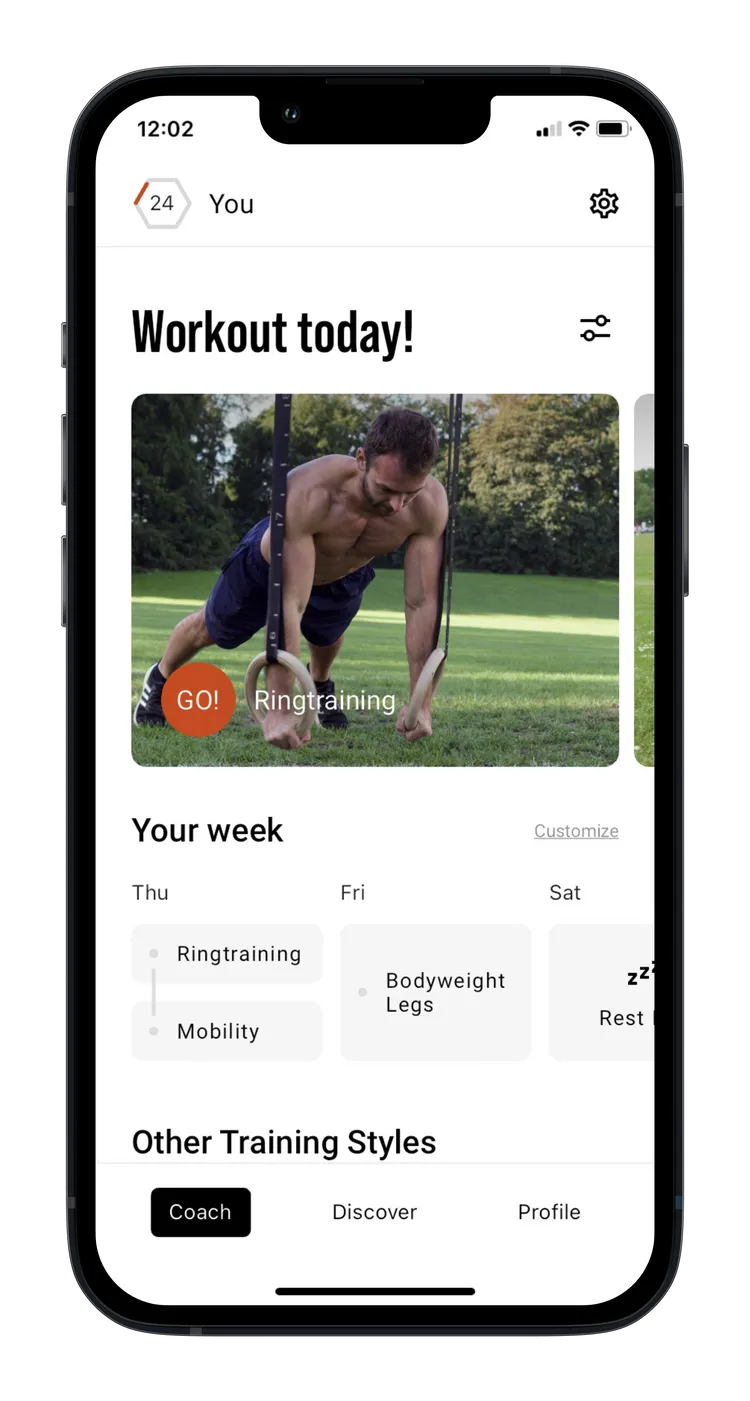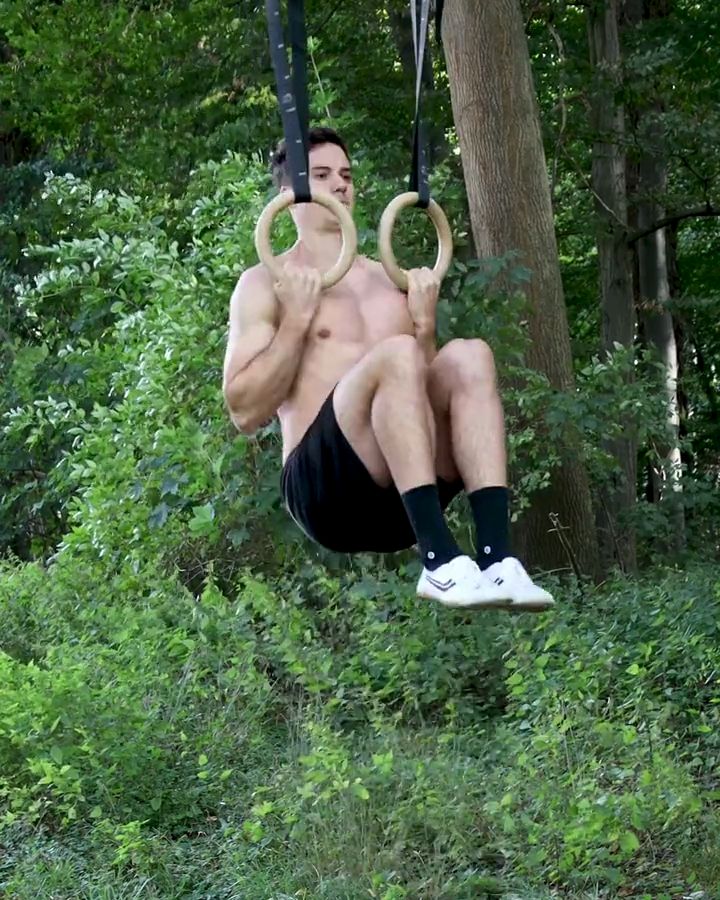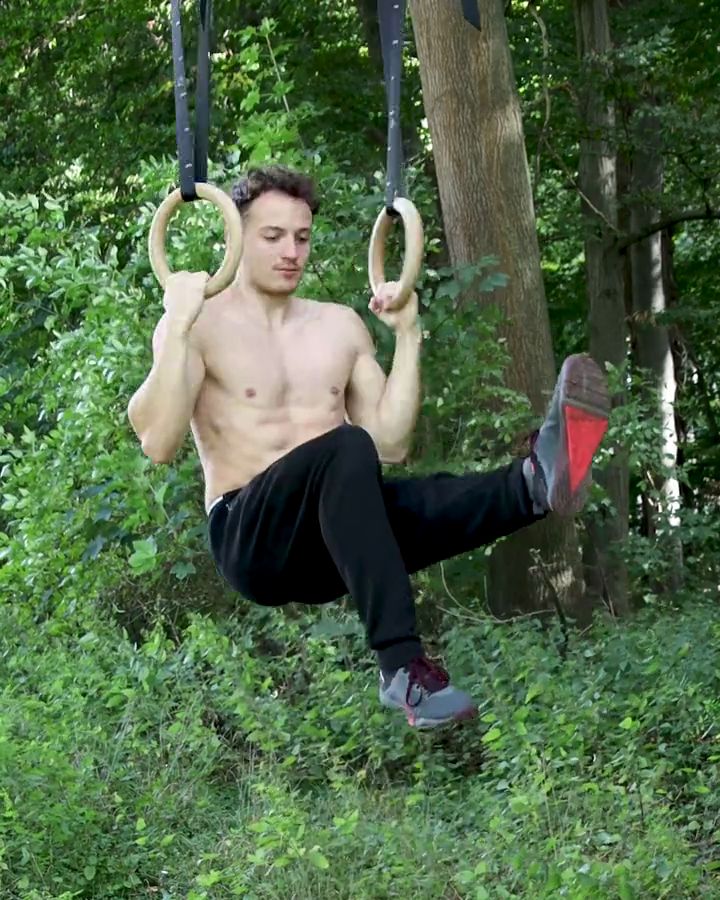L Sit Pull Ups, L Sit Chin Ups with gym rings
L-Sit Pull Ups combine the L-Sit with the Pull-Up and provide an intense workout for the back, abs, and hip flexors. With your legs extended in front of your body, you achieve maximum tension in the core and a deep stretch in the latissimus, especially in the lower range of motion (hang with straight arms), where pulling up is the most challenging. In addition to strengthening the back and biceps, this exercise trains the abs isometrically and improves body tension—perfect for progress in the Front Lever. Perform the exercise with proper form, whether on rings or a bar. A detailed execution guide can be found below.
Necessary equipment
L Sit Pull Ups, L Sit Chin Ups with gym rings - the correct execution
- Start in the slop
- Angle the hips to 90 degrees
- Legs are extended
- Pull the shoulder blades back down
- Pull the chest towards the rings
- Lower yourself slowly and controlled into the hang position
The exercise L Sit Pull Ups is intended to be used as a hypertrophy exercise.
Which muscles are trained by L Sit Pull Ups?










Primary trained muscles for L Sit Pull Ups
Latissimus - The latissimus dorsi is a large muscle in your back that helps you pull your arm down and back. It also supports breathing and stabilizes the spine.
Upper Back - The muscles in the upper back, including the trapezius and rhomboid muscles, help move and stabilize your shoulders. They pull the shoulder blades together and support posture.
Secondary trained muscles for L Sit Pull Ups
Forearm - The forearm muscles are divided into flexors and extensors. The flexors bend your wrist, while the extensors straighten it.
Abs - The rectus abdominis, also known as the "abs," runs vertically along the front of the abdomen. It is responsible for bending the torso forward, such as during sit-ups, and lifting the pelvis. This muscle stabilizes the torso, supports the spine, and helps maintain good posture.
Alternative variants of L Sit Pull Ups, L Sit Chin Ups with gym rings:
Tuck L Sit Pull Ups
Compared to L-Sit pull-ups, the bent-leg variation offers an easier alternative. By keeping the legs closer to the body, the lever effect is reduced, making it easier to maintain the body position. This allows you to focus more on the pulling part of the movement while still maintaining basic core tension.
Necessary equipment
Tuck L Sit Pull Ups - the correct execution
- Start in hang position
- Flex hips and knees 90 degrees
- Pull the shoulder blades back down
- Pull the chest towards the rings
- Lower yourself slowly and controlled into the hang position
One Leg L Sit Pull Ups
Single-leg L-Sit pull-ups on gymnastic rings, also known as one-leg L-Sit ring pull-ups, combine one extended leg with one bent leg in a tucked position. This posture increases the lever effect and enhances core tension. Compared to tuck L-Sit pull-ups, they require even more core stability due to the asymmetrical leg position, while the pulling strength for the upper body remains the same.
Necessary equipment
One Leg L Sit Pull Ups - the correct execution
- Start in hang position
- Angle your hips 90 degrees
- Bend your left leg
- Right leg remains extended
- Pull the shoulder blades back down
- Pull your chest towards the rings
- Lower yourself slowly and controlled back into the hang
This could also be interesting
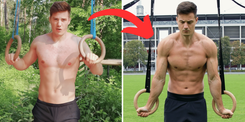
Calisthenics Body Transformation – How to Build a Strong, Lean, and Athletic Physique
Transform your body with Calisthenics! Build muscle, burn fat & achieve a shredded physique with bodyweight training. See real before & after results!
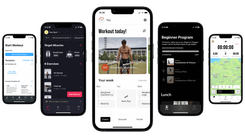
The Best Fitness Apps in 2025: Our Top 10 Recommendations
Don’t miss the best fitness apps of 2025: surprising favorites, free options, and perfect tools for your workouts. Find the ideal app today!
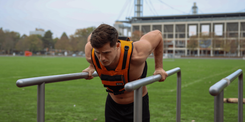
Complete Calisthenics Skills List – 40+ Exercises from Beginner to Pro
Which calisthenics skills should you learn first? And which ones will really help you progress? In this article, you’ll find a complete list of over 40 exercises – from the very basics to the toughest moves for professionals. Each exercise comes with instructions, so you can immediately integrate them into your training.
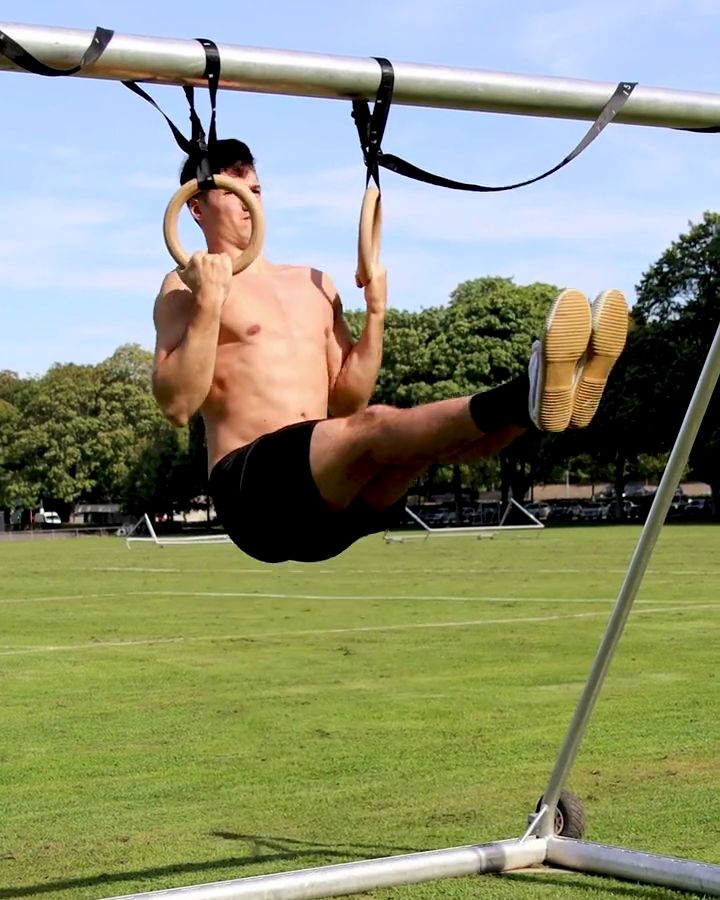
~e5724973d14549c23ea8a586b5736b36.png?alt=media)
